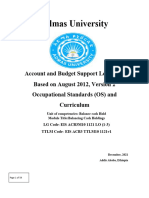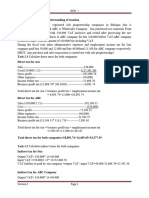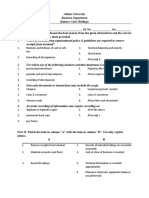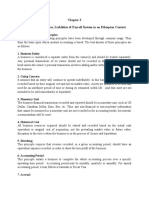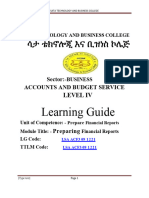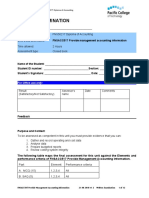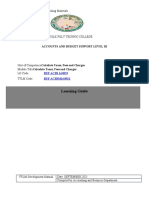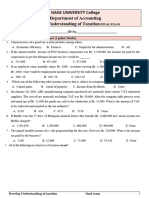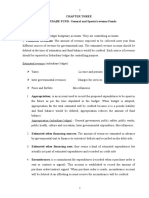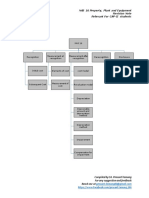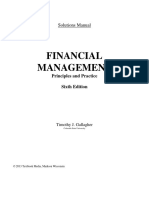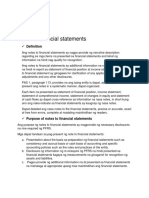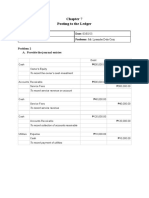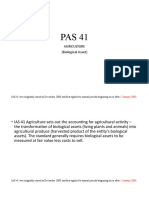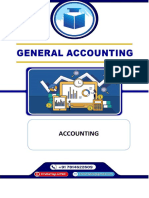0% found this document useful (0 votes)
225 views6 pages? CoC Exam Practice Questions With Answers
This document contains practice questions and answers for a Certificate of Competence (CoC) exam tailored for students pursuing a BA in Accounting and Finance. It includes multiple choice questions, true/false statements, short answer questions, problem-solving scenarios, and sections on corporate finance, taxation, ethics, and miscellaneous applied questions. The questions cover fundamental accounting principles, financial management concepts, and ethical considerations in the field.
Uploaded by
Iliyas SufiyanCopyright
© © All Rights Reserved
We take content rights seriously. If you suspect this is your content, claim it here.
Available Formats
Download as PDF, TXT or read online on Scribd
0% found this document useful (0 votes)
225 views6 pages? CoC Exam Practice Questions With Answers
This document contains practice questions and answers for a Certificate of Competence (CoC) exam tailored for students pursuing a BA in Accounting and Finance. It includes multiple choice questions, true/false statements, short answer questions, problem-solving scenarios, and sections on corporate finance, taxation, ethics, and miscellaneous applied questions. The questions cover fundamental accounting principles, financial management concepts, and ethical considerations in the field.
Uploaded by
Iliyas SufiyanCopyright
© © All Rights Reserved
We take content rights seriously. If you suspect this is your content, claim it here.
Available Formats
Download as PDF, TXT or read online on Scribd
/ 6



